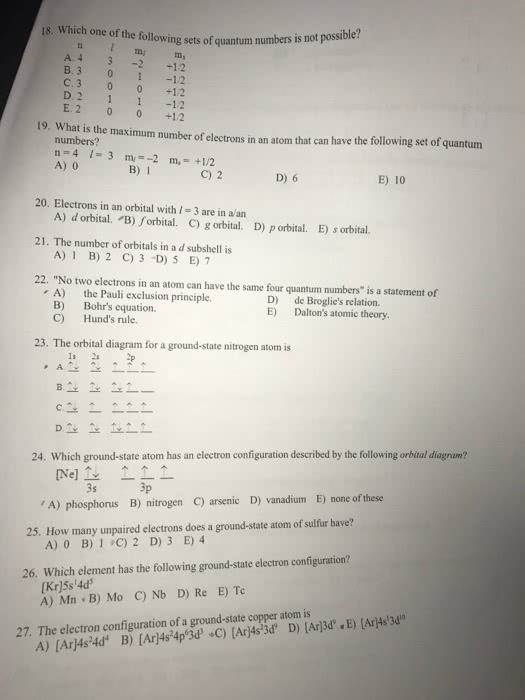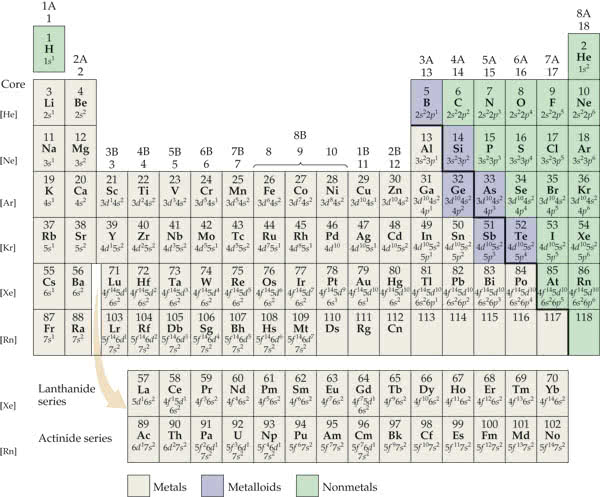Lewis Acids and Bases
This is related to a post-lab of inorganic chemirsty.
The stability of Lewis acid-base complexes can be describedthrough the stability constant which is analogous to the Ka that describes Brønsted-Lowryacidities. Many metal ions can coordinate (bind) many Lewis base ligands in a step-wisefashion according to:
M + L = ML K1 = [ML]/[M][L] Eq. 1--Please note that the L in the denomnator is supposed to be the alpha value.
ML + L = ML2 K2 = [ML2]/[ML][L] Eq. 2
ML2 + L = ML3 K3 = [ML3]/[ML2][L] Eq. 3
MLn-1 + L = MLn Kn = [ML4]/[ML3][L] Eq. 4
and for which the free energy for this dissociation reaction is given by:
âG = -RTLnKn Eq. 5.
where R is the gas constant and T is the temperature in Kelvin.
The ethylene diamine tetraacetic acid ligand (EDTA, a Lewis base) provides amechanism to probe the Lewis acid strength of various metal complexes. This multi-dentate ligand (multiple Lewis base sites on a single ligand) forms complexes withmetals of the form:
Mn+ + Y4- = MYn-4 Eq. 6
K = [MYn-4]/[Mn+][Yn-4] Eq. 7
where Y4- is the EDTA ligand.In this experiment, the Lewis acid strength for two different metals will beexamined by measuring the stability constants for the metal-EDTA complex. Of specificinterest is the how the Lewis acid strength of the metal ion correlates with:
1) atomic/ionic radii, 2) oxidation state, 3) electron configuration, and 4) polarizability.
You will determine the stability constants of both a Cu2+- and Zn2+-EDTA complexes as well as the corresponding free energy. Using these data, you will comparethe relative Lewis acidities of both metals and describe differences in terms of the metalion properties described above.
Experimental Procedure
You and your group will determine the concentration and ultimately the free energy of Cu(II) and Zn(II) using the hexadentate chelating ligand, EDTA.
You will be given a ~100 mM standardized solution of EDTA (check the label forexact concentration prior to beginning). You will need to weigh ~0.1 g per metal saltsample. Dissolve the metal salt into 50 mL of DI water. Add 2-3 drops of murexide toyour metal. After properly preparing your buret with EDTA, titrate your metal with EDTA. Repeat for a total of 3 titrations per metal.
Results:
For Cu(II), see below:
Values for each titration (we had three tries for each salt sample).
.1114 g Cu(II)------4.8 mL EDTA solution-------pH 3.0 found after titration
.1054 g Cu(II)-------4.1 mL EDTA solution ------pH 2.8 found after titration
.1182 g Cu(II)------4.8 mL EDTA solution------pH 2.7 found after titration
-------------------------------------------------------------------------------------------------------------------------
For Zn(II), see below:
.099 g Zn(II)-----3.5 mL EDTA solution----pH 2.5
.0965 g Zn(II)----4.4 mL EDTA solution----pH 2.7
.0952 g Zn(II)-----3.6 mL EDTA solution---pH 2.01
Questions:
1) What trends would you predict for EDTA-metal complex Kn and ÎG values when:
a) going down a row of transition metals of the same oxidation state?
b) of the same transition metal with increasing oxidation state? (For example,Iron can exist as Fe(II), Fe(III), Fe(IV), and higher oxidation states)
2. That are the differences between the concepts of Lewis and Brønsted-Lowry acids and bases?



